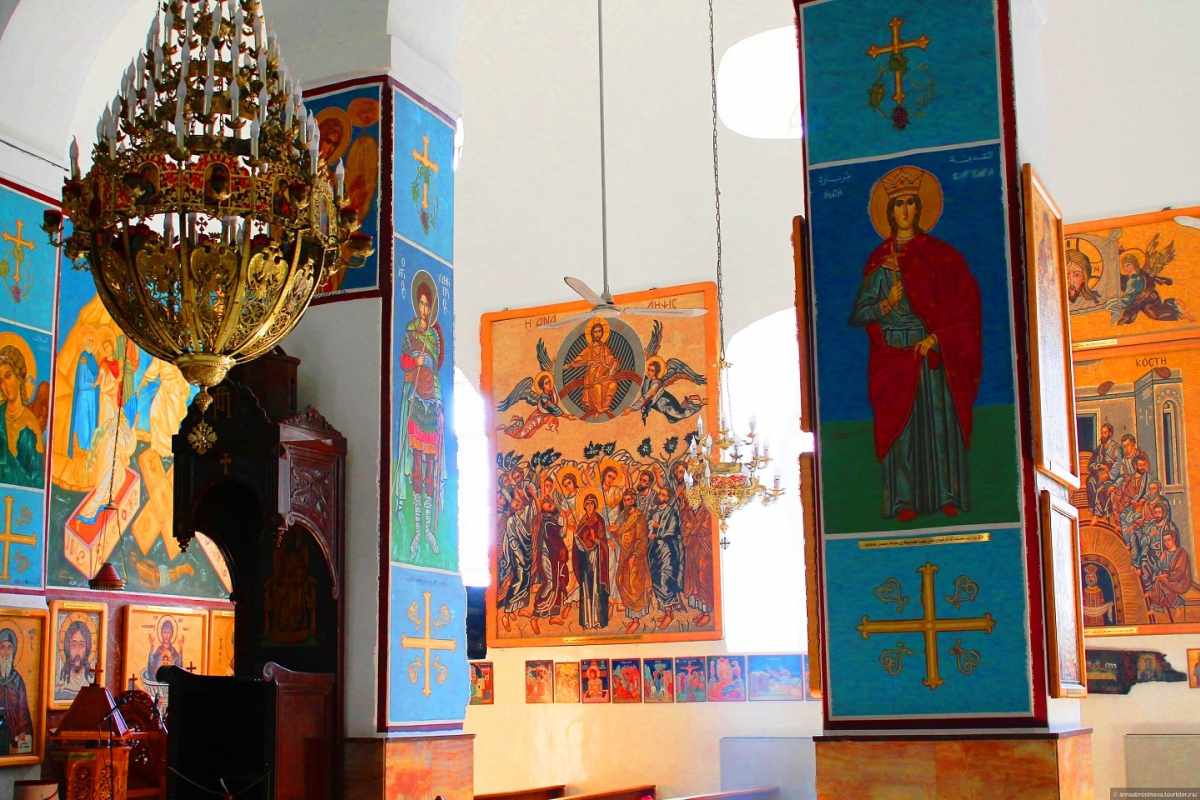+962 7 9635 8199
[email protected]
Madaba stands as a testament to the enduring beauty of history and culture. With its mosaic-clad churches, the mesmerizing Madaba Map, and the tranquil Mount Nebo, this city offers a captivating blend of the past and the present. Whether you’re an art enthusiast, a history buff, or simply seeking a unique travel experience, Madaba is undoubtedly worth the visit, promising memories that will linger long after you’ve left its storied streets.
Nestled in the heart of Jordan, the ancient city of Madaba beckons travelers with its rich tapestry of history, intricate mosaics, and religious significance. For those pondering whether Madaba is worth a visit, the answer is a resounding yes. This city, with its unique blend of archaeological wonders and cultural charm, offers an unforgettable journey into the past and an opportunity to immerse oneself in the vibrant culture of Jordan.
At the heart of Madaba’s allure lies the renowned Madaba Map, a mosaic masterpiece that dates back to the 6th century. Depicting the Holy Land with astonishing detail, this ancient map provides a visual glimpse into the region’s past, making it a compelling reason to explore the city. As you stand before this intricate mosaic in the Greek Orthodox Church of St. George, you’ll be transported to a time when cartography was a form of artistry.
Beyond the map, Madaba boasts a treasure trove of mosaic-adorned churches and archaeological sites. The Church of St. George itself is a marvel, adorned with mosaics that tell stories of faith and tradition. Wander through the Madaba Archaeological Park, where centuries-old mosaics vividly narrate the city’s evolution. And for those seeking a spiritual experience, a visit to Mount Nebo, believed to be where Moses saw the Promised Land, offers not only historical significance but also breathtaking vistas that stretch to the horizon.
Madaba’s appeal extends beyond its historical significance, inviting visitors to engage with local culture. Sample authentic Jordanian cuisine, explore bustling markets, and engage with friendly locals to truly grasp the essence of this charming city. Additionally, Madaba’s strategic location makes it an ideal launching point for adventures to nearby attractions like Petra, the Dead Sea, and Wadi Rum, adding to the city’s allure.
To check in Madaba
